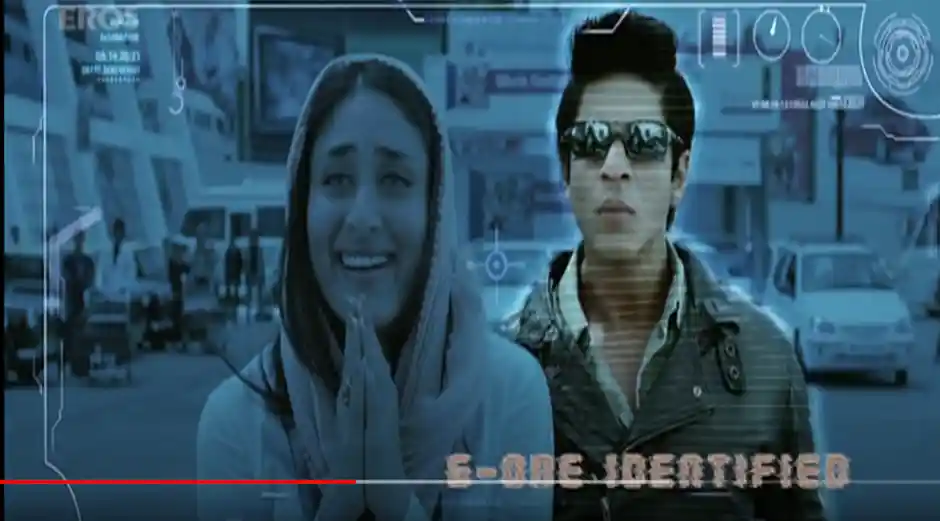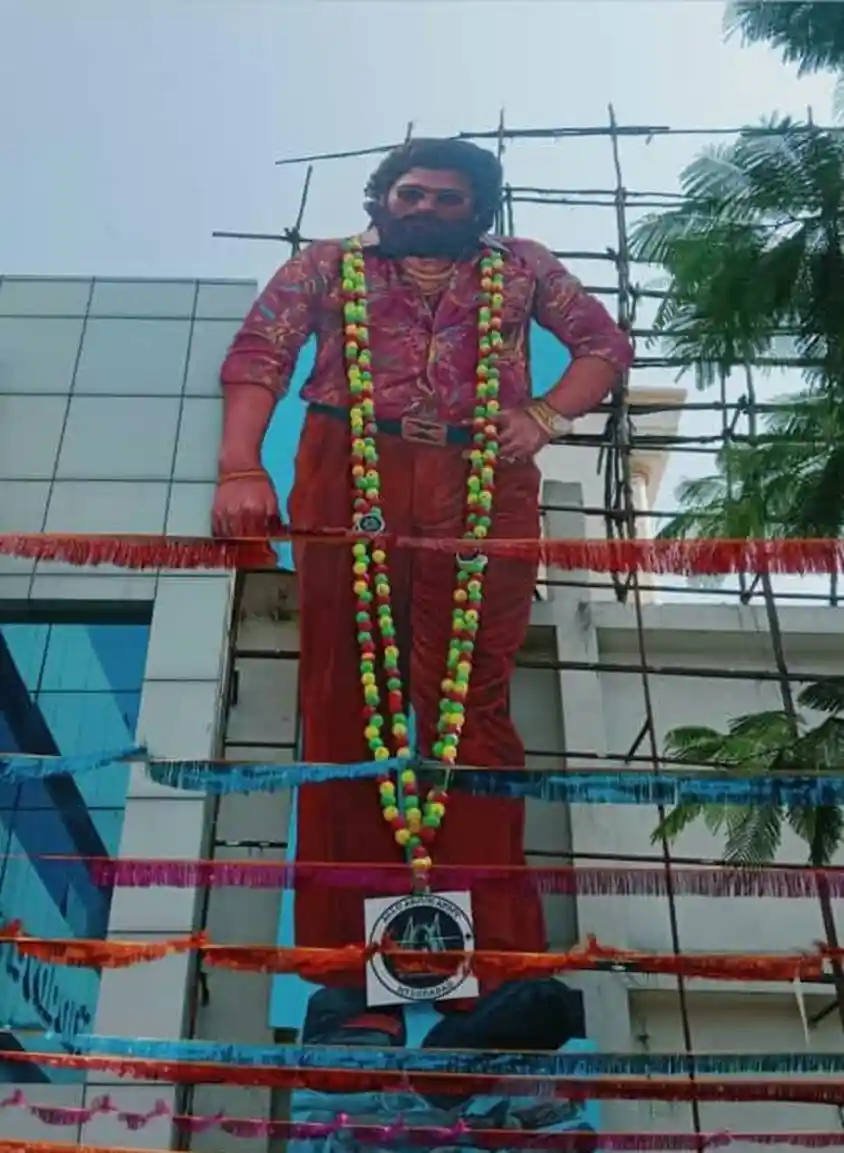Making God out of Heroes II
The culture of hero-worship has evolved. What may have started from the mythological character has now transformed into the new dimensions and demands of what one might expect from a hero.

Karina Kapoor Worshipping Rajnikant in Ra.One, source: Ra.One Movie
Although heroism remained synonymous with a savior, heroism's features have changed. Besides saving the heroine, the savior has more roles to play.
As Laura Mulvey mentions, the hero in the movies has an active role. The hero is responsible for taking the story forward and controlling the power dynamics. The power dynamics here is that of gender where the man fights take the story forward while the woman is portrayed as a trophy wife.
The contribution of females is ignored, while the males’ is exaggerated, and his misogynist behavior is ignored and appreciated. The making of a macho-man, who comes out of everyday character, becomes a messiah for the people and can marry the girl who does not belong from the same social strata is the description of accepted heroism.
Therefore, the heroism is nothing but an ignorant character of the female’s contributions. Furthermore, when it comes to language, the hero has a significant role to play to establish his dominance through the use of oppressive language towards the heroine. Whether it is a comment on her clothes, character, or body parts, the hero is expected to pass derogatory comments to establish that he stands at the apex of the gender power structure.
This representation of man as the superior being who can do whatever he wants can disrespect women whenever he wants and becomes the ideal man, therefore—the symbol of a strong, powerful, masculine man. This symbol is also revered as a part of an already existing hero-worship culture.
The symbol of Rajnikant as the savior of people has been revered and worshipped like a god. Giant banners and cutouts are created and worshipped with garlands and milk. This influence of reverence could also be seen in the Bollywood Industry as in the movie Ra. One with the entry of Chitti, the robotic character of Rajnikant, Karina Kapoor, folds her hand like one does to worship an idol. The movie Chennai Express devoted an entire song for Rajnikant and revered him as the Thalaiva.
The influence of masculine characters does not stop with the savior-type roles. Bollywood derived the toxicity from Arjun Reddy and remade it into Kabir Singh. Kabir Singh not only projected sexism as a ‘must have’ quality of man, but it also promoted the use of violence as a way of love. In an interview, the maker Sanjeev Reddy Vanga said, “If you can’t slap, if you can’t touch your woman wherever you want, if you can’t kiss, I don’t see emotion there,” further normalizing toxic behaviour.
The recent release Pushpa: The Rise has been dubbed and cherished by many from the Bollywood Industry. Allu Arjun, the hero of this movie, has played a character of an extremely misogynist and sexist man. Use of foul language, inappropriate discussion about women’s body parts, and all parameters of an oppressive “hero” are present in his character. Despite such toxicity, not only is the movie primarily liked, but Allu Arjun’s giant cut-outs were revered and worshipped with garlands.

Allu Arjun being worshipped, source: Twitter


